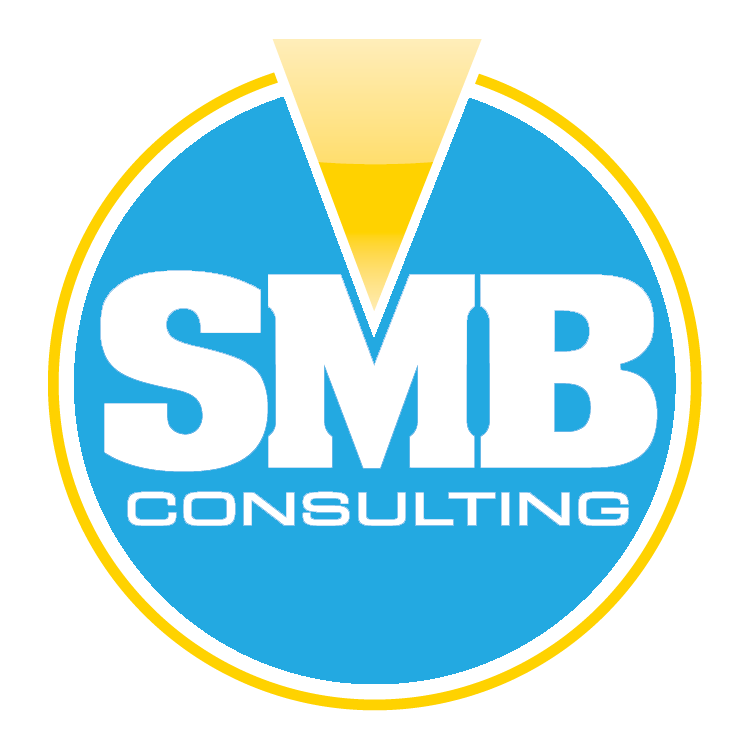Structuring your business correctly for your needs and tax purposes, is an important step in starting your own business, be it at home or at another location.
Here are brief descriptions of the different types of a business structure that will help you in your decision.
SOLE PROPRIETORSHIP— A sole proprietor is an individual who owns and operates the business.
GENERAL PARTNERSHIP—A partnership exists when two or more persons join together in the operation and management of business for profit.
LIMITED PARTNERSHIP—Like a general partnership, a limited partnership has two or more participants. In a limited partnership, there are two types of partners. A general partner has the same rights, powers, and restrictions as a partner in a general partnership. A limited partner is typically not liable for the obligations of the partnership.
C” CORPORATION—A corporation is a legal entity having its own rights, privileges and liabilities, apart from those of the persons forming or owning the corporation. It is the most complex form of business organization and is comprised of three groups of people – shareholders, directors, and officers.
SUBCHAPTER “S” CORPORATION—A special section of the Internal Revenue Code permits a corporation to be taxed as a partnership or sole proprietorship, with the profits taxed at the individual rather than the corporate rate.
PROFESSIONAL SERVICE CORPORATION—A professional service corporation, as the name implies, is a corporation made up exclusively of licensed professionals.
LIMITED LIABILITY COMPANY (LLC)—The Limited Liability Company may be treated as a partnership for U.S. income tax purposes and also provides the limited liability of a corporation. This option may be the preferred choice for certain new operations and joint ventures.
Once you have made a choice on the type of company you feel is best, be it Sole Proprietor, Partnership, etc., there are certain steps you should take to protect yourself and your business.
1. Once you have chosen a name for your company, you should register the name with department in your state that handles this function. Usually at this step, you can establish your tax ID number and resale number.
2. Next, decide on a domain name for your website. Try to have the name relate to your product or services if possible. You can use several different sources to see if the name you would like to use is taken.
3. Next, obtain a business license for your company. Depending on where you live, licenses may vary.
This is a must to protect youself and to prove to the IRS that you do have a business.
4. If you decide to incorporate at the beginning, use a good corporate attorney to properly set up your company.
5. Even if you are going to act as a Sole Proprietor for a part time home business, set up a separate checking account for your business. This will eliminate a lot of problems when filing your taxes. Use that account for all your income and expenses relating to the business.
6. Contact the IRS Business Section and obtain a Federal ID Number. This will allow you not to be passing out your personal Social Security Number to everyone. It will also allow you to keep your business income separate from your income from other sources. (If outside the United States, check your local laws.)
7. If working from your home, it is advisable to have a separate phone line(s) for your business. Again, this will save you a lot of time when filing your taxes in documenting your business phone expense.
8. If your business will require you to make contacts in person, get your business cards to hand out. You should also have business stationary for corresponding with your customers, if needed, my mail.
9. Set up a filing system at the start for your expenses, purchases, etc. File properly at the beginning, and you will save yourself a lot of time and frustration at tax time.
There are other things as your business grows, but do these few steps and you will thank yourself many times as your business grows.
Again, depending on your state, country, etc. different items may be required. The main thing is to create a good operating structure so you can spend your time promoting your business.Some businesses start out as one type and then change to another as they grow. So you do have the opportunity to change later if needed.
For a detailed explanation of the different ways to structure your business, and some pros and cons for each, visit http://www.homebusinesscreated.com and look in Step Three of the Seven Step Course offered for free to our customers.
ABOUT THE AUTHOR:
Tim Smith has over fifty years of tretain business experience. Tim has headed up several sucessful corportations as well as starting seven successful companies. Three for other corporations and four of his own. e was a keynote speaker before retiring from the retail industry. For additional articles on other subjects, go: http://www.homebusinesscreated.com
